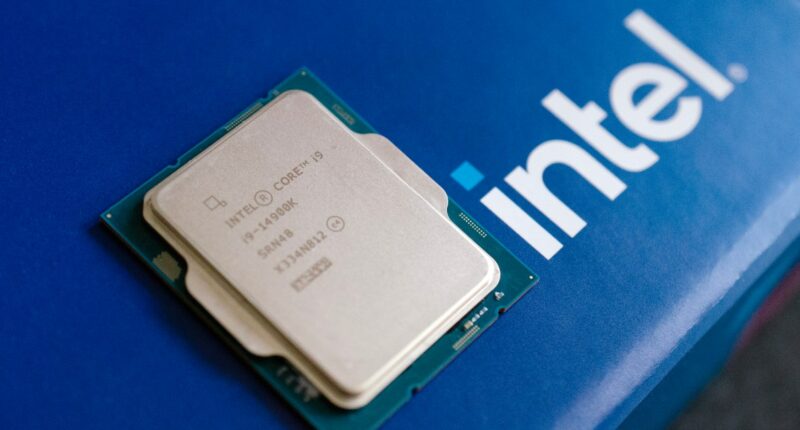Share this @internewscast.com
In a significant turn of events, Intel has reported its first profit in nearly two years during its Q3 2025 earnings call. This financial boost comes largely due to strategic lifelines the company has adopted. However, amidst this positive financial news, Intel’s CEO Lip-Bu Tan and CFO David Zinsner highlighted an ongoing challenge: the company is grappling with chip shortages, a situation expected to peak in the first quarter of the upcoming year. To navigate this, Intel plans to prioritize AI server chips over consumer processors to effectively manage supply and demand dynamics.
Intel’s strategy includes a shift in focus, with an expectation that its Client Computing Group (CCG) will experience a slight dip while the Data Center and AI (DCAI) sector sees robust growth. This shift is part of a broader move to allocate resources towards server shipments rather than entry-level client components. Additionally, Tan announced Intel’s intention to release new AI GPUs annually, a move designed to compete with industry giants Nvidia and AMD and meet the burgeoning demand for AI servers. However, the impact of this strategy on Intel’s gaming GPU offerings remains uncertain.
While Intel’s next-generation Panther Lake chips and the advanced 18A process are eagerly anticipated, the company has confirmed a staggered rollout. Only one SKU is set to launch this year, with a more comprehensive release planned for 2026. CFO Zinsner acknowledged that Panther Lake is expected to be a “pretty expensive” product initially, compelling Intel to focus on promoting its current Lunar Lake chips, at least through the first half of the year.
Despite Intel’s confidence in its 18A process, the company has conceded that yields are not yet at optimal levels for financial success. Yields are sufficient to meet supply needs but fall short of supporting desired profit margins. Zinsner suggested that it might take until 2026 or even 2027 to achieve the “acceptable level of yields” required for a more significant financial impact.
In the interim, Intel plans to collaborate closely with customers to optimize output. This involves adjusting pricing and product mix to align demand with available supply, potentially influencing the prices PC manufacturers pay to integrate Intel products. CEO Tan has stated that Intel will refrain from investing in additional capacity unless there is “committed external demand,” while Zinsner indicated that next year’s capacity investments are unlikely to drastically alter current expectations.
Intel envisions the 18A as a “long-lived node” that will underpin at least the next three generations of client and server products. However, those anticipating a return to Intel’s historic “tick-tock” model, which involved alternating between shrinking chip sizes and introducing new architectures each generation, may need to adjust their expectations.
But that doesn’t mean Intel will cancel its next node, Intel 14A, as it warned it might. Tan suggested today that customers have stepped in to save 14A, and Intel, that the company is “delighted and more confident” in it, and Zinsner says it’s not only “off to a good start,” but better than 18A was at this point “in terms of performance and yields.”








